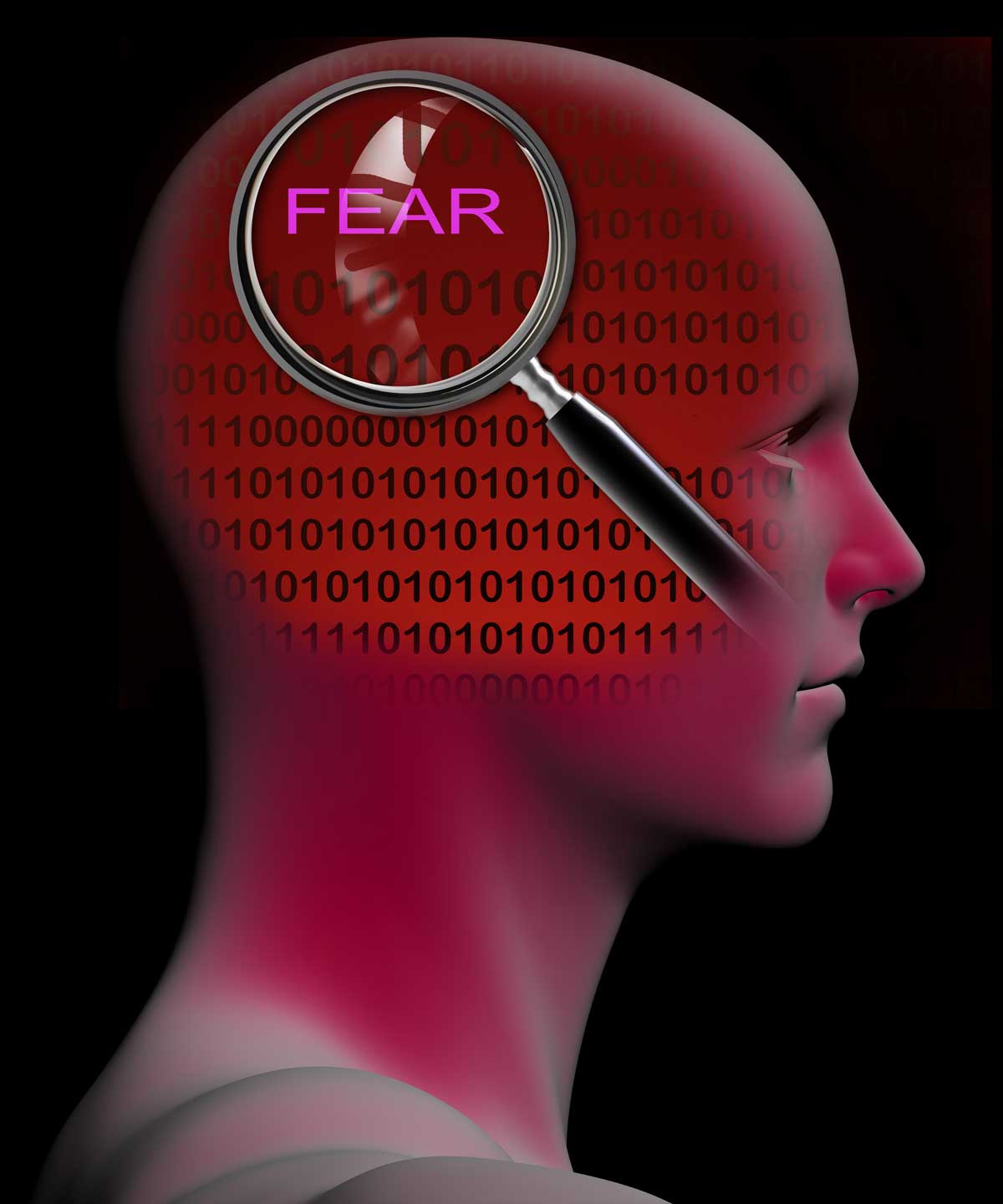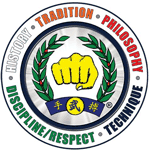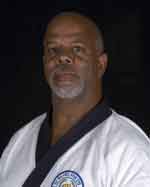
01/01/1942 – 10/27/2007
On the front wall of my Instructor's dojang hung an oriental cloth inscribed with calligraphy that translated,
“Where there is preparation there is no fear.”
Throughout the years I have pondered the meaning of these ancient words; every year bringing deeper understanding of how they apply to one's life.
This year, I have realized that preparation applies not only in being ready to defend one's life, but also in being ready to end one's life.
If we can accept the fact that someday our life will end and that it doesn't matter how or when, but only that we are ready when death approaches, then we can lead a fuller existence and never worry about dying, whether in a battle or a hospital bed.
In our youth we seldom think of dying and throughout life human nature causes us to avoid thoughts of death as long as we are healthy. A severe illness often brings about our first realization that we will not live forever and this is a very bad time to try and understand death as our mind may become fogged with the fear of dying and the battle could be lost sooner than is necessary.
In the prime of life and at the peak of health meditating seriously upon all aspects of death and dying may evoke humility and help us prepare for the day when death must be faced as an opponent. Death will inevitably defeat us, but as a martial artist, we can fight without fear and die with honor because during our training we prepared ourselves mentally, physically and spiritually for battle, no matter who the opponent is and
“Where there is preparation, there is no fear.”
Phil Duncan
1983




